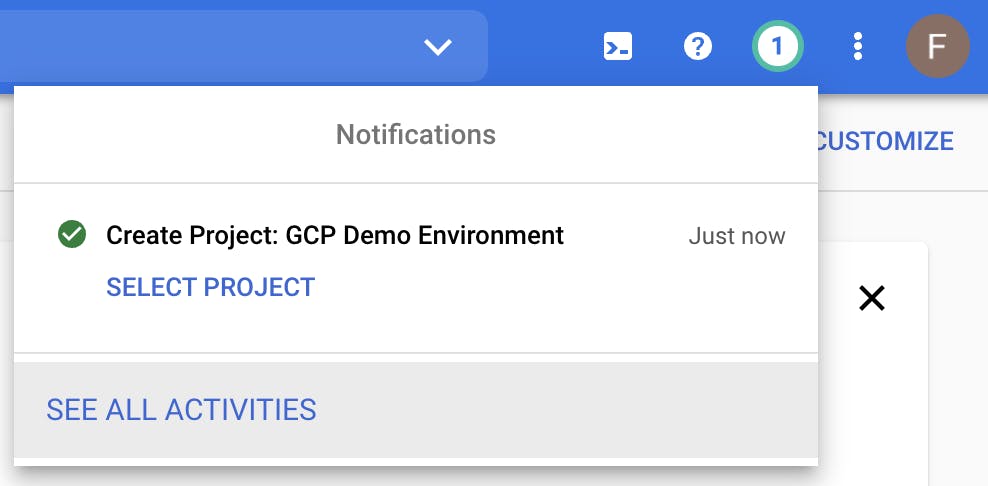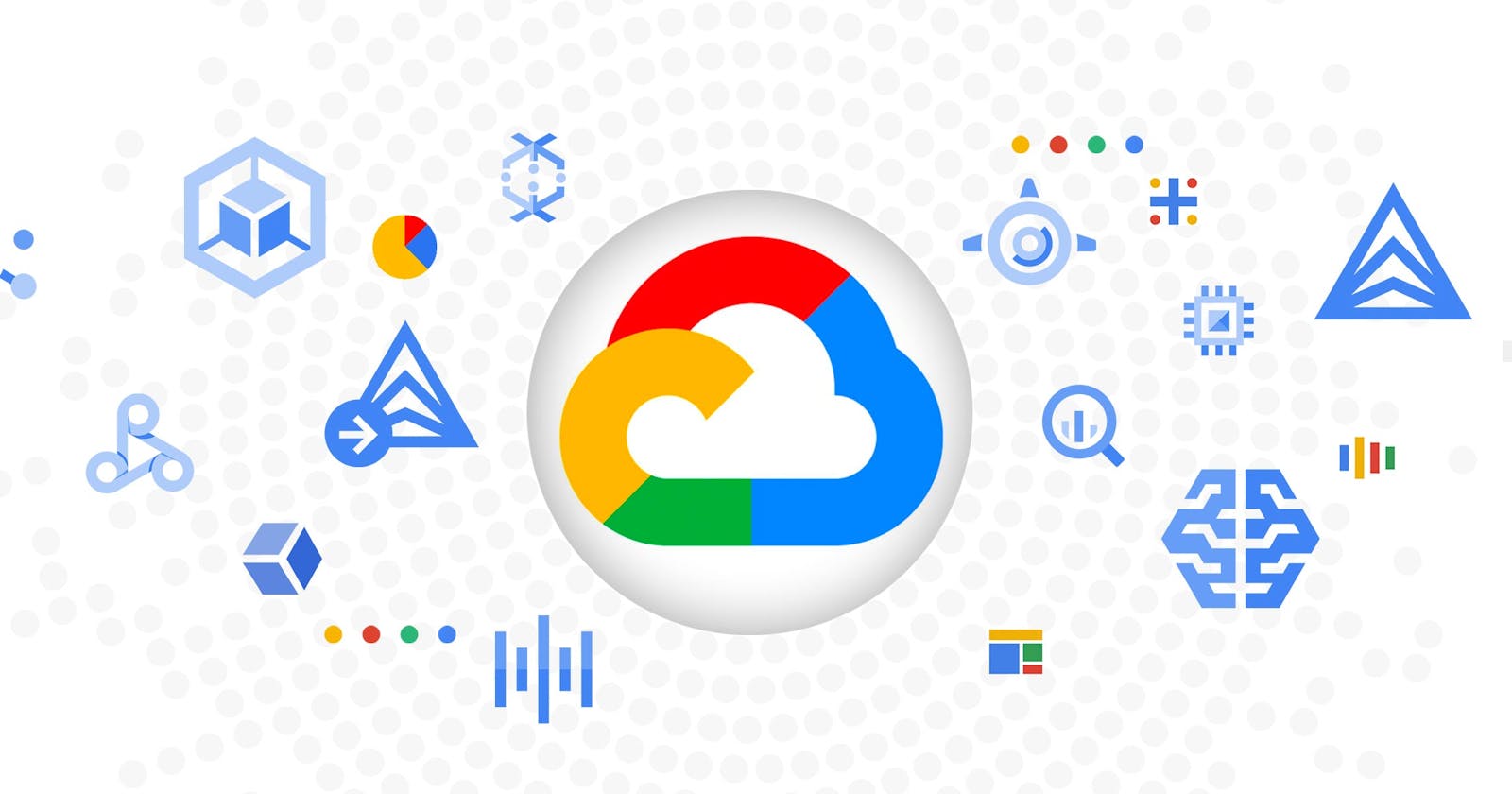Google Cloud Platform is a suite of public cloud computing services offered by Google. It provides users access to a wide range of compute, storage, and networking resources. If you're new to the Google Cloud Platform, it might be a little intimidating at first. In this blog post, I will provide you with some resources to help you get started on GCP. We will also discuss some of the benefits of using GCP for your business. Let's get started!
Modern businesses adopt the cloud and move some of their infrastructures to providers such as AWS, Microsoft Azure, and Google Cloud. According to the Flexera 2021 State of the Cloud Report, AWS is currently the leader in providing cloud computing services, followed by Azure, with Google Cloud gaining numbers close to both. GCP is an attractive alternative to AWS and Microsoft Azure with an intuitive interface, lower costs, preemptible instances, and flexible add options.
Google's massive physical network gives it an advantage over other services. With an intuitive interface, lower costs, preemptible instances and flexible compute options, GCP is an attractive alternative to both AWS and Azure.
There are varied reasons for you to take a look at GCP. There could be a need by your department looking to migrate workload to a cloud provider or a policy to strictly use GCP or even part of a job requirement.
Some of the benefits of using the Google Cloud Platform include:
Lower costs: Google Cloud Platform offers a variety of services that are priced lower than those offered by other cloud providers.
Intuitive interface: Google Cloud Platform's interface is simple and easy to use, even for beginners.
Flexible compute options: Google Cloud Platform offers various compute options, including Preemptible VMs that make it easy to scale your workloads.
If you have to dive into the GCP as a newbie, I recommend trying the following.
Start with the GCP documentation
Try GCP for free with $300
Use Qwiklabs
Build a demo project
GCP Documentation
One of the best resources for getting started with GCP is Google's documentation. The documentation is comprehensive and covers all aspects of GCP.
Visit cloud.google.com for product information, and use cases. This is a good starting point to learn more about the solutions and customer stories and to find partners and offerings on GCP.
Try GCP for free with $300
If you're looking for a more hands-on approach, Google offers a free trial worth $300 that gives you access to all its services. You can use this trial to explore GCP and see if it's the right fit for you.
The trial credit is a great way to apply what you learn. The trial period begins the moment you complete signup. You have 12 months to use the $300 credit.
Google Cloud requires an active Google account, Google Workspace, or Cloud Identity account. You can skip this if you already have a Google account. A simple Gmail account should be enough. Follow the instructions on this page https://accounts.google.com/signin to sign up for a google account.
Create Google Cloud Project
After signing up for Google Cloud, you need to create a Google Cloud project. This is where all of your Google Cloud services will be stored and managed. Google Cloud projects are usually named based on the application or website they're intended for. Follow the steps below to create your Google Cloud Project:
Visit https://cloud.google.com to sign up with your Google account
Click on any of the “Get started for free” buttons
Login with your Google account and follow the steps to create your free GCP account.
Now that you have your account set up, the next step is to create a project. Projects are the basis for using cloud services on Google Cloud.
Projects on Google Cloud have the following attributes:
Project Name: Name of your project.
Project ID: Unique ID for your project. You can edit this ID only at the creation time; however, it must be globally unique across Google Cloud.
Project Number: A unique number created for you by Google Cloud. You cannot change this number.
Now let's go ahead with our Google Cloud Project. We will use the console as demonstrated in the steps below:
Log in to your GCP console at https://console.cloud.google.com and click the drop-down arrow next to “Select a project “ on the menu bar.
You will be presented with a similar screen below. Click on the “NEW PROJECT” button.
You will have to fill in the project details on the next screen. Choose the associated billing account and click on the “CREATE”.
Your new project will be created and managed from the console. Click the drop-down arrow next to “Select a project “ on the menu bar to switch between projects.

Use Qwiklabs
Qwiklabs is a Google-owned service that provides hands-on training for Google Cloud Platform and other Google products. It offers a wide range of courses, from beginner to advanced, and It's a great way to get started with GCP as it provides you with a safe environment to experiment with GCP services.
Complete and get some Qwiklabs Skill badges. You can start with the following, especially if you are new to the cloud but don't limit yourself to the list below. There are many courses you can take on Qwiklabs.
Build a demo project
You can use the credit you get from GCP to experiment and build real projects that give you the needed experience. You should implement most of what you learn from Qwiklabs in your GCP project to refer to them without always having to redo the labs.
By following the steps above, you'll be on your way to becoming a GCP pro in no time! Google Cloud Platform is a powerful platform that can help your business. I hope this blog post has helped you get started on your journey to GCP success! Thanks for reading!
